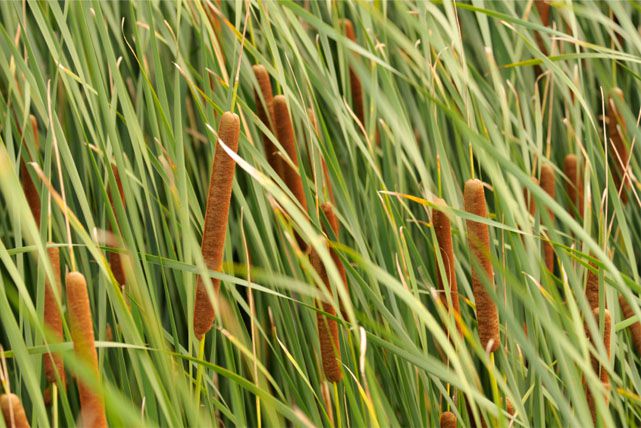 Adding constructed wetlands with plants that facilitate evapotranspiration1 is an ideal rainwater management alternative. This option creates both attractive and eco-friendly landscaping.
Adding constructed wetlands with plants that facilitate evapotranspiration1 is an ideal rainwater management alternative. This option creates both attractive and eco-friendly landscaping.
The goal of this process is to use the land while reusing rainwater rather than sending it indirectly into municipal water management systems. Municipal systems are often overloaded after heavy rains and needlessly treat water that could be reused in its current state to water flower beds.
Rain gutter system implications
Creating constructed wetlands involves installing a gutter system that takes rainwater from the roof of a home to landscaped areas with plants, irrigating the soil in those areas during rainy periods.
Fauna inside the constructed wetlands
Constructed wetlands also create habitats for local fauna and become refuges for frogs, snakes, and other small animals. As cities and towns expand, constructed wetlands will provide areas where people can live in harmony with plants and wildlife.
Choice of vegetation
Choosing the right combination of soil and water-loving plants for your rain garden is crucial because the soil must remain wet, even during heatwaves, for evapotranspiration to be continuous. You can contact landscaping and rainwater management experts for advice on creating constructed wetlands.
- Evapotranspiration is the amount of water transferred from the earth to the atmosphere through evaporation and plant transpiration. Evaporation from the ground is the transformation of water from its liquid state to its gaseous state, passing from the ground to the ambient air. Plant transpiration is the process by which water evaporates from the leaves of plants as water is absorbed through their roots. Water is thus transformed from a liquid to a gas while it passes from the earth to the atmosphere. [↩]